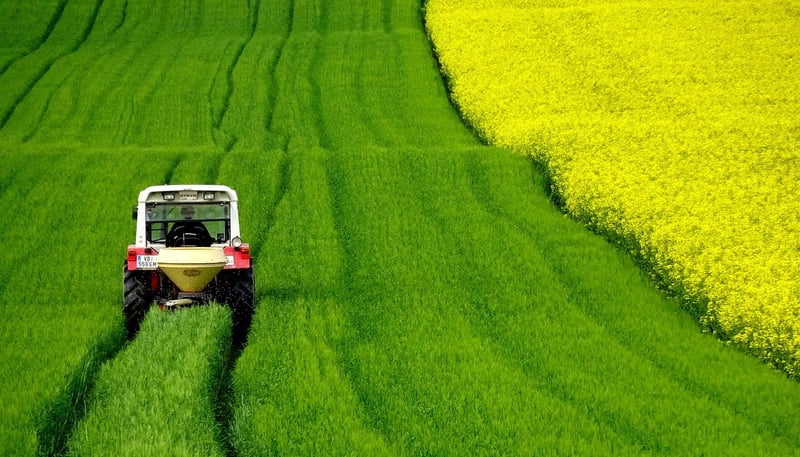Vertical Crop Cultivation
The Future of Farming: Vertical Crop Cultivation
In recent years, vertical crop cultivation has emerged as a revolutionary method in the world of agriculture. This innovative approach involves growing crops in vertically stacked layers or inclined surfaces, making the most efficient use of space and resources. Vertical farming, as it's commonly known, offers a sustainable solution to the growing challenges of food security, urbanization, and climate change.
Benefits of Vertical Crop Cultivation:
- Maximized Space Utilization: Vertical farming allows for the production of a large quantity of crops in a significantly smaller area compared to traditional farming methods.
- Year-Round Crop Production: By controlling the environment indoors, vertical farms can grow crops throughout the year, independent of seasonal changes.
- Water and Resource Efficiency: Vertical farming uses up to 95% less water than traditional farming methods and reduces the need for pesticides and herbicides.
- Reduced Food Miles: Locating vertical farms in urban areas reduces the distance food needs to travel from farm to table, resulting in fresher produce and lower carbon emissions.
- Climate Resilience: Vertical farms are less susceptible to adverse weather conditions, offering a more stable and reliable food production system.
Key Technologies in Vertical Farming:
Vertical crop cultivation relies on a combination of advanced technologies to create optimal growing conditions for plants. Some key technologies include:
- LED Grow Lights
- Hydroponic Systems
- Aeroponic Systems
- Climate Control Systems
- Automated Monitoring and Control Systems
Challenges and Future Outlook:
While vertical crop cultivation offers numerous benefits, it also faces challenges such as high initial setup costs, energy consumption, and the need for skilled workforce. However, ongoing research and technological advancements are addressing these challenges, making vertical farming an increasingly viable and sustainable option for the future of agriculture.
As the global population continues to rise, and arable land becomes scarcer, vertical crop cultivation presents itself as a promising solution to ensure food security and environmental sustainability for generations to come.

Explore the world of vertical farming and join the movement towards a greener, more efficient agricultural future.
For more information on vertical farming, visit VerticalFarming.com.
